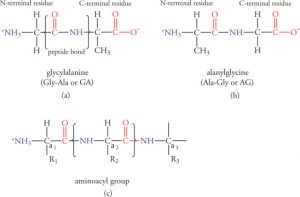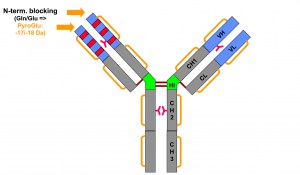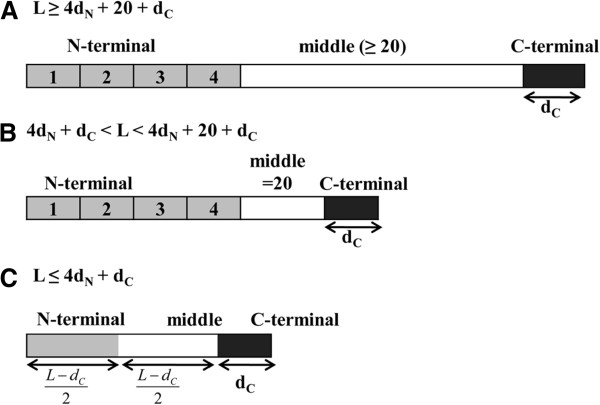Abstract
Amino-terminal (N-terminal) sequence analysis is used to identify the amino acid order of proteins or peptides, starting at their N-terminal 10xHis-tagged Recombinant. This unit describes the sequence analysis of protein or peptide samples in solution or bound to PVDF membranes using a Perkin-Elmer Procise Sequencer. Sequence analysis of protein or peptide samples in solution or bound to PVDF membranes using a Hewlett-Packard Model G1005A sequencer is also described.

Methods are provided to optimize the separation of amino acid derivatives of PTH on Perkin-Elmer instruments and to increase the proportion of samples injected into the PTH analyzer on older Perkin-Elmer instruments by installing a modified sample loop. The amount of data obtained from a single run of the sequencer is substantial, and careful interpretation of this data by an experienced scientist familiar with the current operating performance of the instrument used for this analysis is critical. Therefore, a discussion of the interpretation of the data is provided. Finally, a discussion of optimizing sequencer performance is included, as well as possible solutions to frequently encountered problems.
Expressed host: E.coli/mammalian cell/baculovirus
Species: Rat

Target: cluster
Purity: >85% determined by SDS-PAGE
Endotoxin: <1.0EU per 1µg (determined by LAL method)
Formulation: Tris-base, 50% glycerol
Applications: WB; ELISE
Product Form: Liquid
Storage: Store at -20°C/-80°C. Avoid freeze-thaw cycles.
Introduction
Clusterin is a 75-80 kDa disulfide-linked heterodimeric protein associated with cellular debris removal and apoptosis. It is a member of the small heat shock protein family and thus a molecular chaperone. Unlike most other chaperone proteins, which assist intracellular proteins, CLU is a Golgi chaperone that facilitates the folding of secreted proteins independently of ATP. The gene is highly conserved across species, and the protein is widely distributed in many tissues and organs, where it is involved in several biological processes, including lipid transport, membrane recycling, cell adhesion, programmed cell death, and cell lysis. complement-mediated.
Alternative Names
Clusterina; Prostate message suppressed by testosterone; sulfated glycoprotein; apolipoprotein J; TRPM-2; complement cytolysis inhibitor; complement lysis inhibitor; Ku70 binding protein 1; SP-40; APOJ; ULC1; ULC2; Protein 4 Associated with Aging; APO-J; TRPM2; Apo-J 4; CLU
Gene ID: 24854
UniProt ID: P05371

